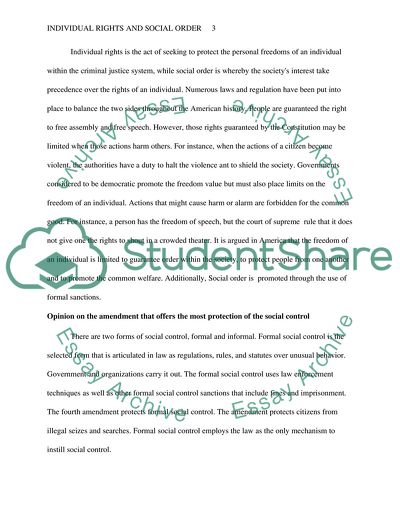Cite this document
(Individual Rights and Social Order Term Paper Example | Topics and Well Written Essays - 3000 words, n.d.)
Individual Rights and Social Order Term Paper Example | Topics and Well Written Essays - 3000 words. Retrieved from https://studentshare.org/law/1680401-individual-rights-and-social-order
Individual Rights and Social Order Term Paper Example | Topics and Well Written Essays - 3000 words. Retrieved from https://studentshare.org/law/1680401-individual-rights-and-social-order
(Individual Rights and Social Order Term Paper Example | Topics and Well Written Essays - 3000 Words)
Individual Rights and Social Order Term Paper Example | Topics and Well Written Essays - 3000 Words. https://studentshare.org/law/1680401-individual-rights-and-social-order.
Individual Rights and Social Order Term Paper Example | Topics and Well Written Essays - 3000 Words. https://studentshare.org/law/1680401-individual-rights-and-social-order.
“Individual Rights and Social Order Term Paper Example | Topics and Well Written Essays - 3000 Words”, n.d. https://studentshare.org/law/1680401-individual-rights-and-social-order.


